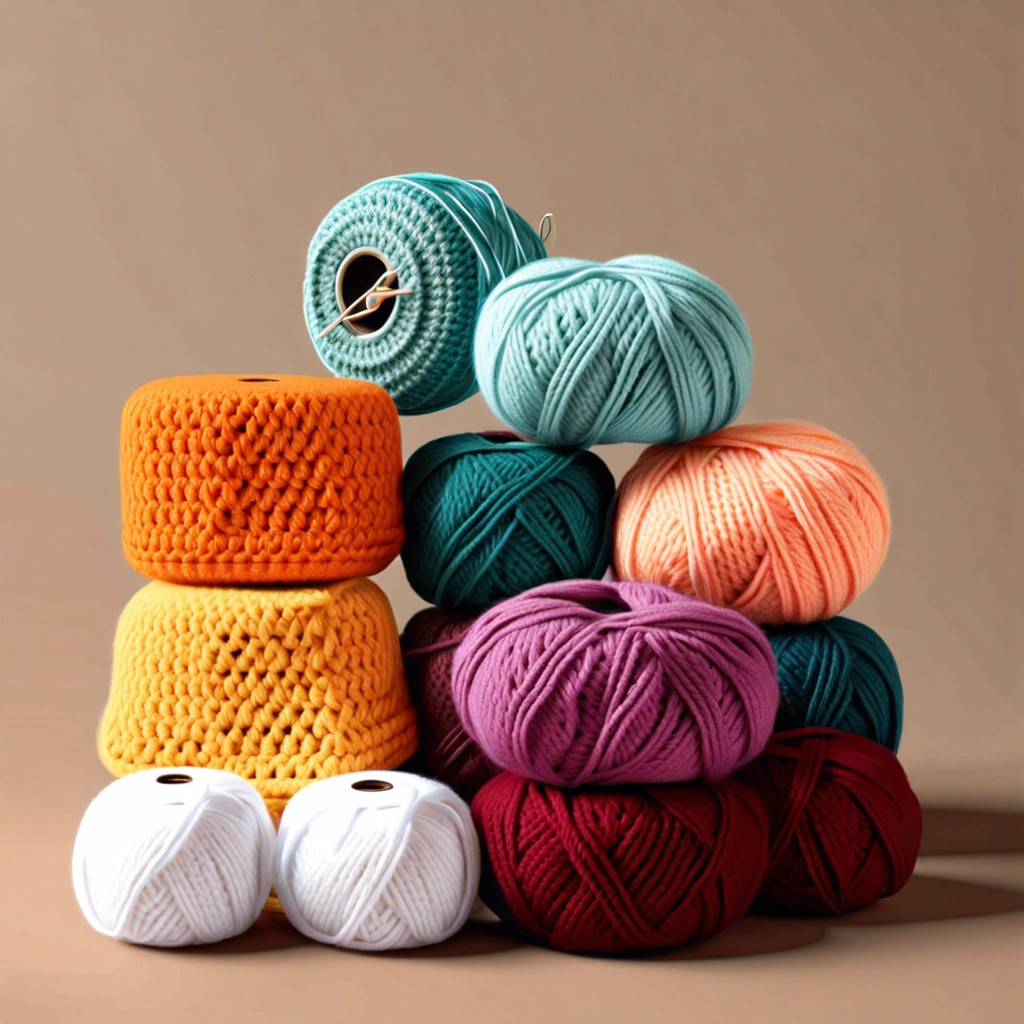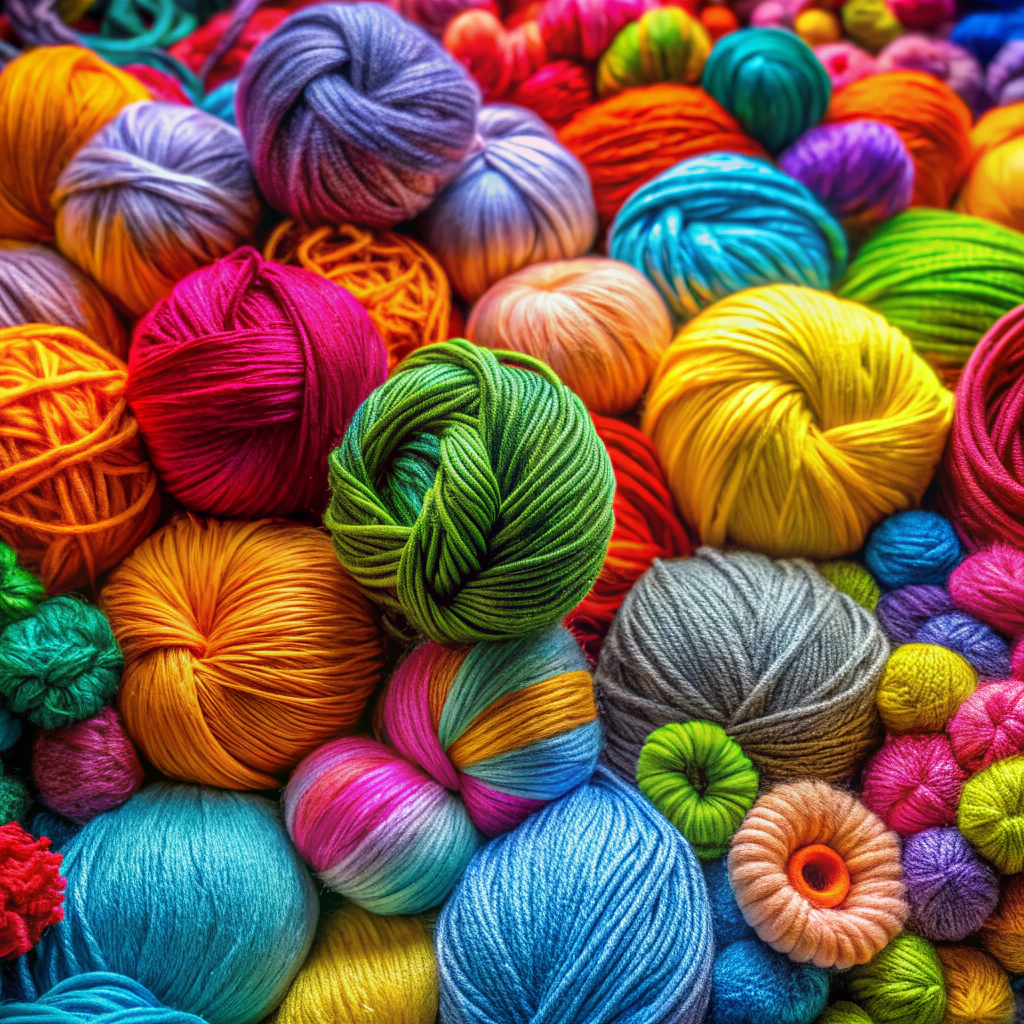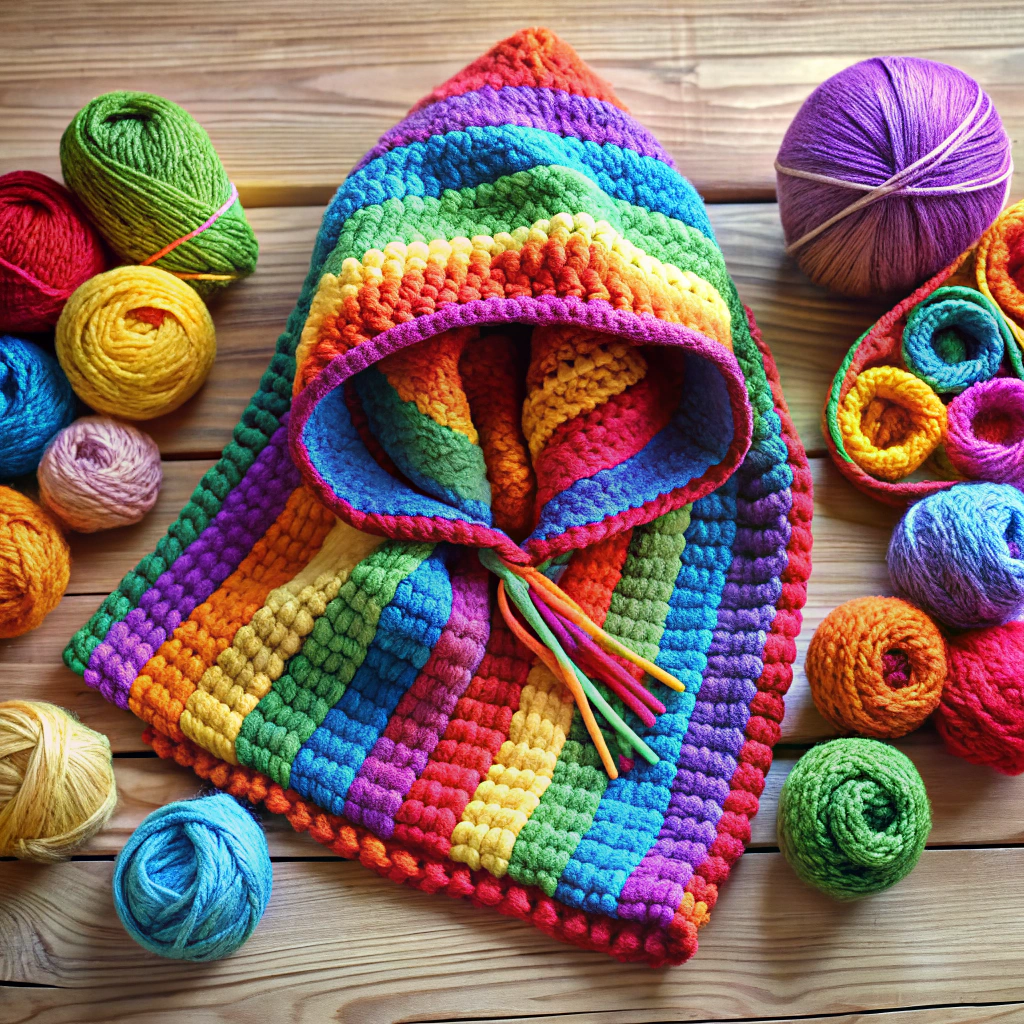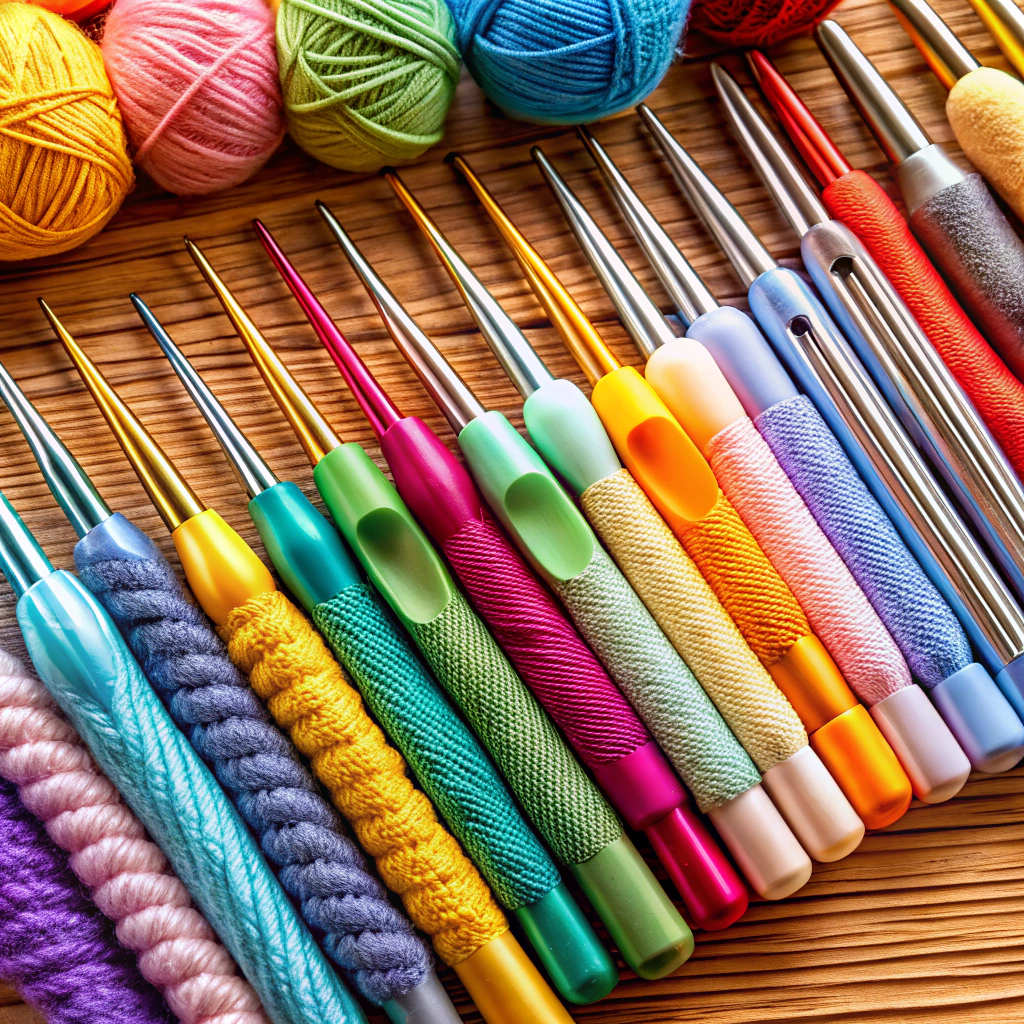Discover common reasons why your crochet might be getting smaller and how to fix it for perfectly sized projects.
Ever feel like your crochet project shrinks faster than your favorite wool sweater in a hot wash? It’s frustrating when your masterpiece mysteriously starts to downsize. Whether it’s a wayward stitch count, unpredictable tension, sneaky skipped stitches, an ill-suited hook size, or yarn playing tricks, we’ll tackle all these shrinking culprits. Stick around, and let’s unravel this mystery together!
Key takeaways:
- Incorrect stitch count can cause a crochet project to shrink.
- Tension changes can affect the size of your crochet work.
- Skipping stitches can lead to a smaller project.
- Using the wrong hook size can result in smaller stitches.
- Inconsistent yarn thickness can cause variations in size.
Incorrect Stitch Count

Counting stitches might not be your favorite pastime, but it’s pretty crucial. Losing count means your project can mysteriously shrink. Here are some possible culprits:
Mind wandering while binge-watching your favorite series and missing a count. Netflix and stitch can be tricky.
Forgetting to mark the first or last stitch of each row. That sneaky last stitch loves to play hide and seek.
Not noticing split yarn during a stitch. It happens; you think it’s one stitch, but it’s two rebellious strands going rogue.
Skipping a stitch add-on by accident. Extra stitches can sneak in, but when you miss adding required ones, things get petite quickly.
Counting every row takes a bit of diligence, but your future self will thank you for avoiding a miniaturized masterpiece.
Change in Tension
Check your mood before you crochet. Feeling tense can tighten your stitches. A relaxed craft session usually means looser stitching. Think of your yarn as a zen garden; keep it peaceful.
Are you switching between projects? Different yarns and patterns can mess with your tension. It’s like adjusting to a different pillow every night – not ideal.
Consistency is key. Hold your yarn the same way each time. Pretend you’re a machine, but way cooler and without the boring whirring sound.
Take breaks! Ergonomics matter. Tired hands can cause uneven tension. Grab a snack. Stretch those fingers. Your stitches will thank you.
Lastly, watch your grip. Don’t throttle your yarn. Crochet hooks are tough, but there’s no need to go full Hulk. Relax that grip for smoother stitching.
Skipping Stitches
Sometimes, in the fast and furious world of crochet, our hooks develop a mind of their own and decide to skip stitches. This can lead to your project getting mysteriously smaller.
First off, check your stitching rhythm. If you’re crocheting too quickly, you might accidentally miss a stitch or two. It’s like trying to text while walking—you might end up skipping a step, or in this case, a stitch.
Also, count your stitches at the end of each row. It sounds tedious, but it’s a lifesaver. A missing stitch here or there might seem harmless at first, but over several rows, it adds up and shrinks your work faster than a wool sweater in a hot wash.
Pay attention to turning chains. These chain stitches at the beginning of a row often masquerade as regular stitches. Make sure you’re not inadvertently stitching into the turning chain instead of the first proper stitch of the row.
Lastly, ensure good lighting and keep an eye on your work. A stealthy stitch could be hiding in the shadows, waiting to mess up your masterpiece. A well-lit space helps catch those sneaky stitches before they cause trouble.
Using Incorrect Hook Size
If you’re crocheting along and suddenly notice your project shrinking faster than a wool sweater in hot water, the culprit could be your hook size. Using a smaller hook than recommended can tighten your stitches and make your work smaller.
First, double-check your pattern. Patterns usually specify a hook size for a reason. Unless, of course, you enjoy living on the wild side of crochet.
Second, inspect your hooks. Sometimes, numbers and letters on hooks can be sneaky and hard to read. A 3.5mm hook isn’t the same as a 5mm hook, no matter how much wishful thinking you apply.
Lastly, keep your stitches consistent. Switching hooks mid-project because one fell under the couch and you’ve decided “good enough” was your new motto for the day is a recipe for size disaster.
Consistency is key – not just for avoiding those pesky shrinkage issues, but also for maintaining your sanity.
Inconsistent Yarn Thickness
Different yarns, even if labeled the same weight, can have slight variations in thickness. You might be crocheting with a seemingly identical yarn that has a slight, sneaky difference.
Imagine trying to follow a cake recipe but suddenly switching from flour to powdered sugar. Yep, it’s chaos in yarn form.
Also, pay attention to the dye lot. Sometimes, yarn from different dye lots can vary minutely in thickness. It’s as tricky as finding two identical snowflakes!
Ever notice how some parts of your yarn are thicker or thinner? That’s a thing too! So, give your yarn a quick feel before diving into your project. If it feels like it belongs to two different species, pick one and stick with it.
Misunderstanding the Pattern
Patterns can be tricky little rascals. Misreading or misunderstanding them can lead to unexpected shrinkage in your crochet project. Here’s where things can go awry:
Mistaking US and UK terms: Imagine thinking you’re stitching a single crochet when the pattern is actually calling for a double crochet. Oops! Big difference in size there.
Skipping rows: Patterns usually dictate specific row repetition. Miss or misinterpret a repeat, and voila, your work starts shrinking faster than your favorite wool sweater in a too-hot wash.
Ignoring special stitches: Patterns often have special stitches or techniques. Missing these can make your piece end up two sizes too small.
Symbol psychology: Those hieroglyphic-like symbols in charts can be confounding. Mix them up, and your project might resemble more of a tight hat than the intended cozy blanket.
So next time, double-check the fine print, those sneaky symbols, and the language of your pattern. Keep it fun, and let’s avoid any more shrunken crochet disasters!
Ignoring Gauge Swatch
That gauge swatch? It’s not just a pesky formality. It’s like the secret map to buried treasure, except the treasure is a project that actually fits. By skipping it, you might as well be crocheting blindfolded.
Firstly, a gauge swatch helps you match the designer’s tension. They say, “I crochet with this much tightness; do you?” If your swatch says nope, your project will be off—sometimes way off.
Secondly, different yarns behave differently. Even if it’s the same brand but a different batch, they might not play well together. A quick swatch reveals if your yarn is being rebellious.
Lastly, hook size matters. Think of hooks like shoes: you can’t run a marathon in flip-flops. Without a gauge swatch, you might be trying to crochet a blanket with something better suited for lace.
Skipping this step might save time upfront, but it’s a trap. You’ll pay for it later with a misshapen project and some serious frustration.




